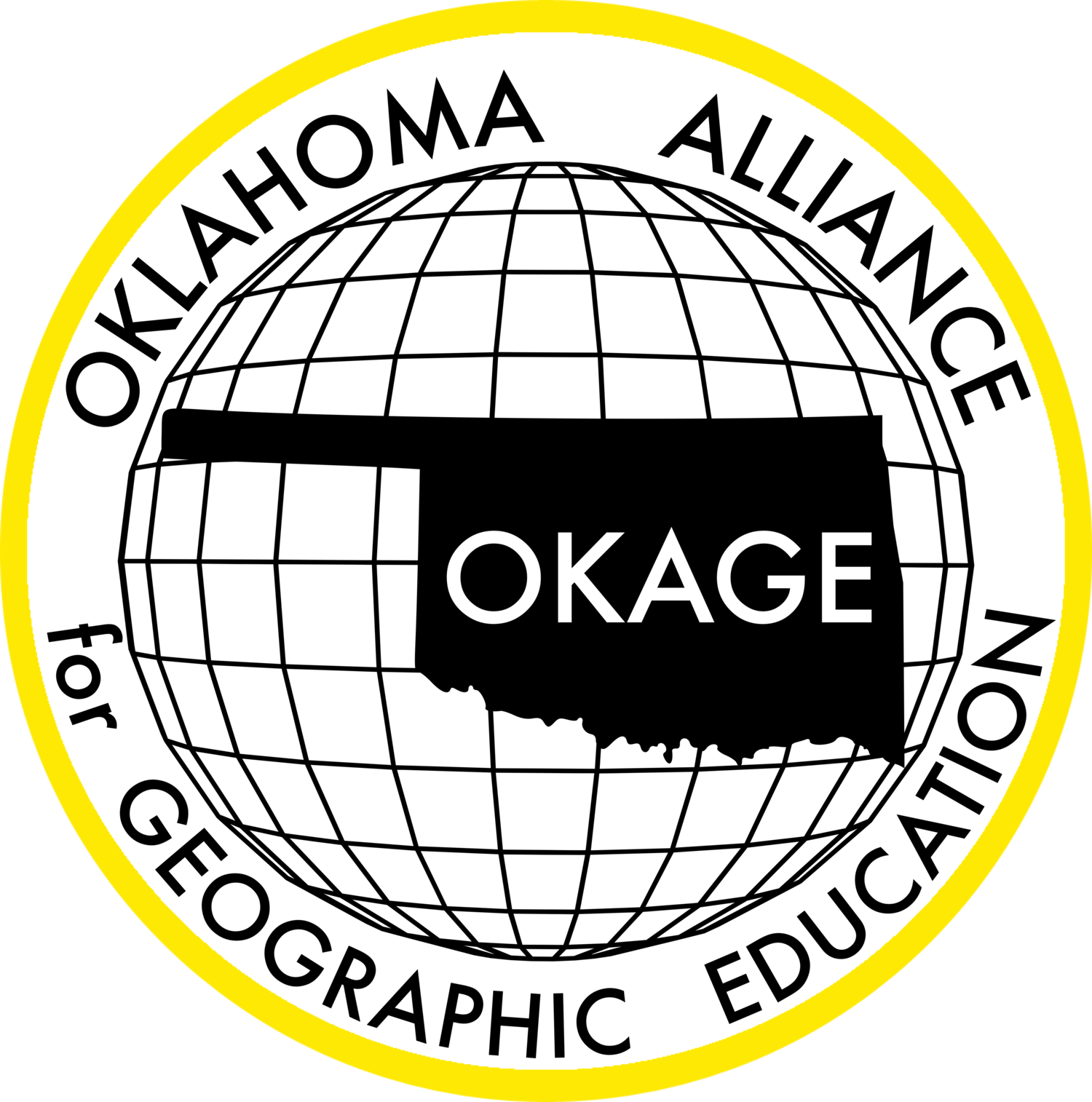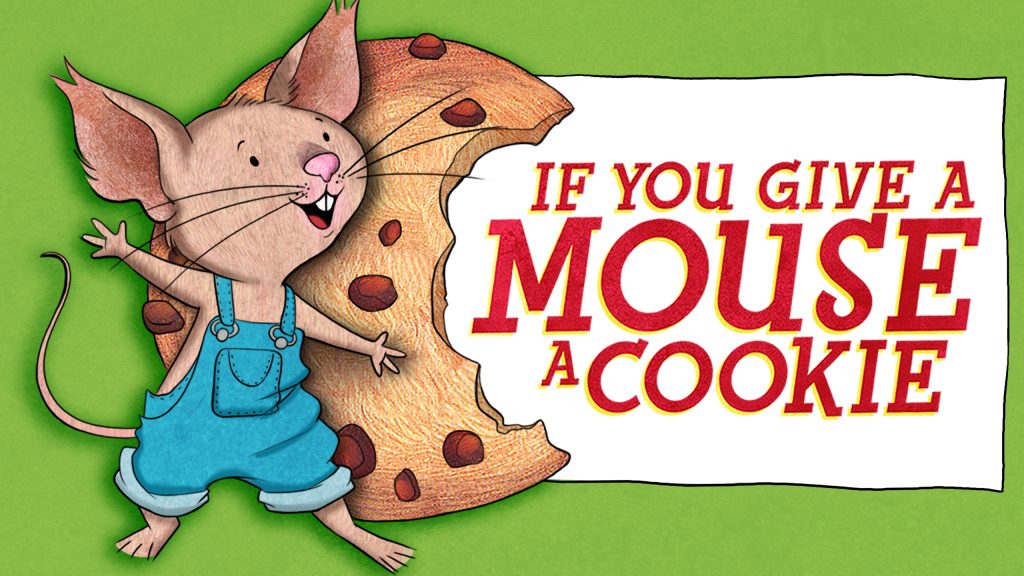Description: Students will learn where pack animals continue to serve an important role economically in developing countries and cultures, even in this age of advanced technology.
Grade level(s): Middle Standards: PASS, GFL Produced By: Glenda Sullivan





















